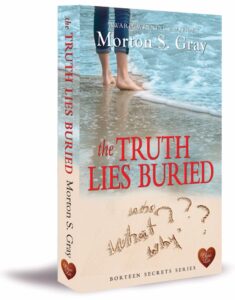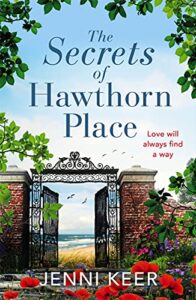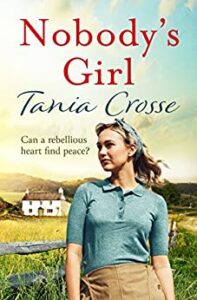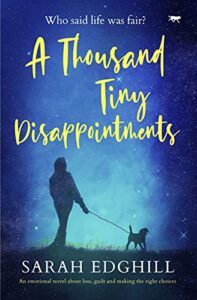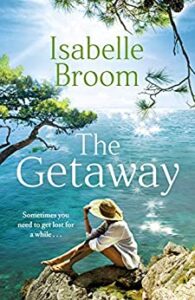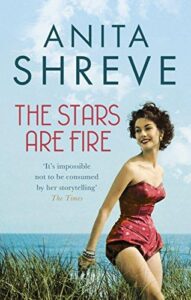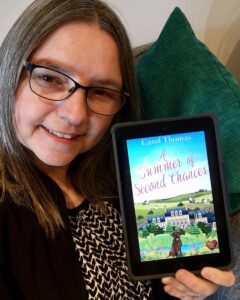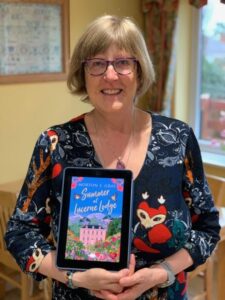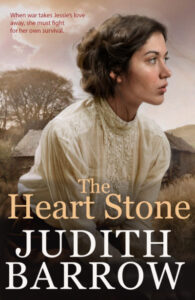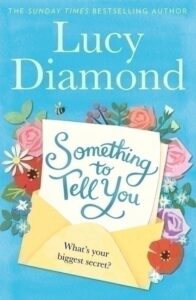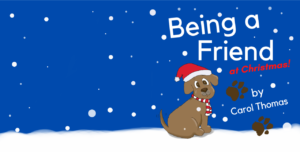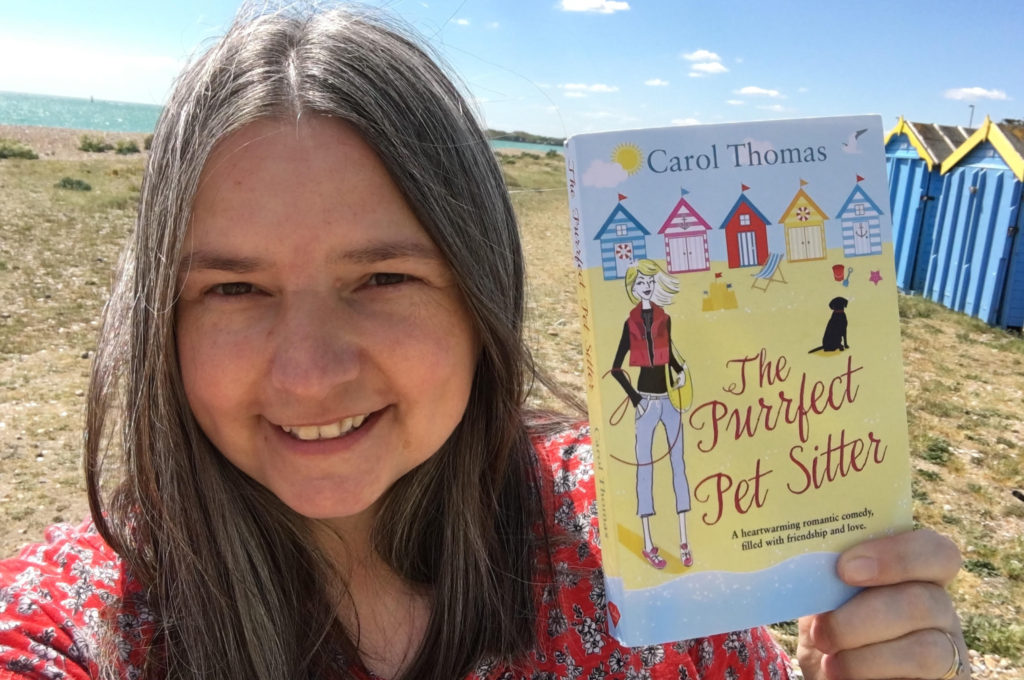Pamela Hartshorne’s Time’s Echo, reviewed by Georgia Hill
What a fabulous read! Itchy-footed Grace goes to York to sort out a house that has been left to her. She’s immediately drawn into the story of Hawise who lived in the city over 400 hundred years before and who met a tragic end. There are twists and turns galore, some truly evil baddies, a theme of drowning which is cleverly explored and some gentle romance. The Tudor details are assured and you just know Pamela really knows her history. It’s all concluded in magnificent style. I absolutely loved it and, for me, it ranks with books from the mistress of the timeslip, Barbara Erskine.
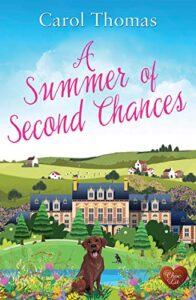 Carol Thomas’ A Summer of Second Chances reviewed by Jane Cable
Carol Thomas’ A Summer of Second Chances reviewed by Jane Cable
A genuinely heart-warming book, full of wonderful characters, both human and animal, at times I actually laughed out loud.
But at the core of this book is a gorgeous love story . When Henry returns to Dapplebury on his father’s death he hopes he will meet the girl he left behind. But with so much water under the bridge, will his childhood sweetheart Ava give him a second chance? Will her protective friends even let her?
What I especially loved is that every character, however small their part, is beautifully drawn which made the village come alive around the story. Definitely recommend as a book to curl up with.
Carol Drinkwater’s The House on the Edge of the Cliff, reviewed by Jessie Cahalin
The House on the Edge of the Cliff had me on the edge of my seat throughout the narrative. The contrast between Grace as a teenager and as an older woman is wonderful: innocence and experience are artfully conveyed with layers and layers of emotions.
I loved the excitement the frenzied Paris Riots that opens doors to Grace, but the wild beauty of Provence lured me and Grace. I stepped into the mesmerising blue of the sea and the sky.
‘I was a girl climbing out of a closed box for the first time, happening upon a sky that was not blue but BLUE, vigorously tinted, fervently, thrilling blue.’
The novel moved clearly from the past and the present and tension clattered along at great speed. I longed to discover the truth of the secret Grace and Peter buried long ago. Tempting ripples of tension dropped into the novel, but my assumptions crashed on the rocks. Wow!
Another tempting narrative from Carol Drinkwater. The emotions and tension kept me on the edge of my seat. And the beautiful tapestry of language did not disappoint. I always enjoy travelling to France with Carol Drinkwater and engage with her characters. A thrilling read!
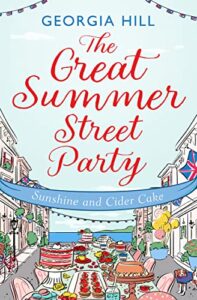 Georgia Hill’s The Great Summer Street Party: Sunshine and Cider Cake, reviewed by Morton S Gray
Georgia Hill’s The Great Summer Street Party: Sunshine and Cider Cake, reviewed by Morton S Gray
I loved the characters in this book, which made me want them all to have happy outcomes. Berecombe definitely sounds like somewhere I would like to live and be part of the community. I would no doubt spend a lot of time in Millie Vanilla’s café if I did. (I was excited to realise that there are other books set in this fictional village and will definitely be reading those too).
Who doesn’t love a heroine with a past to battle and overcome like Ashley? A nice light uplifting read that was perfect distraction for me when I was recently unwell. The living history project aspect of this book was of great interest to me. I now have to go and buy part two of this story as I am intrigued to find out what happens to Ashley, Eddie and of course the backstory of Ruby and Chet.
Lovely read.


